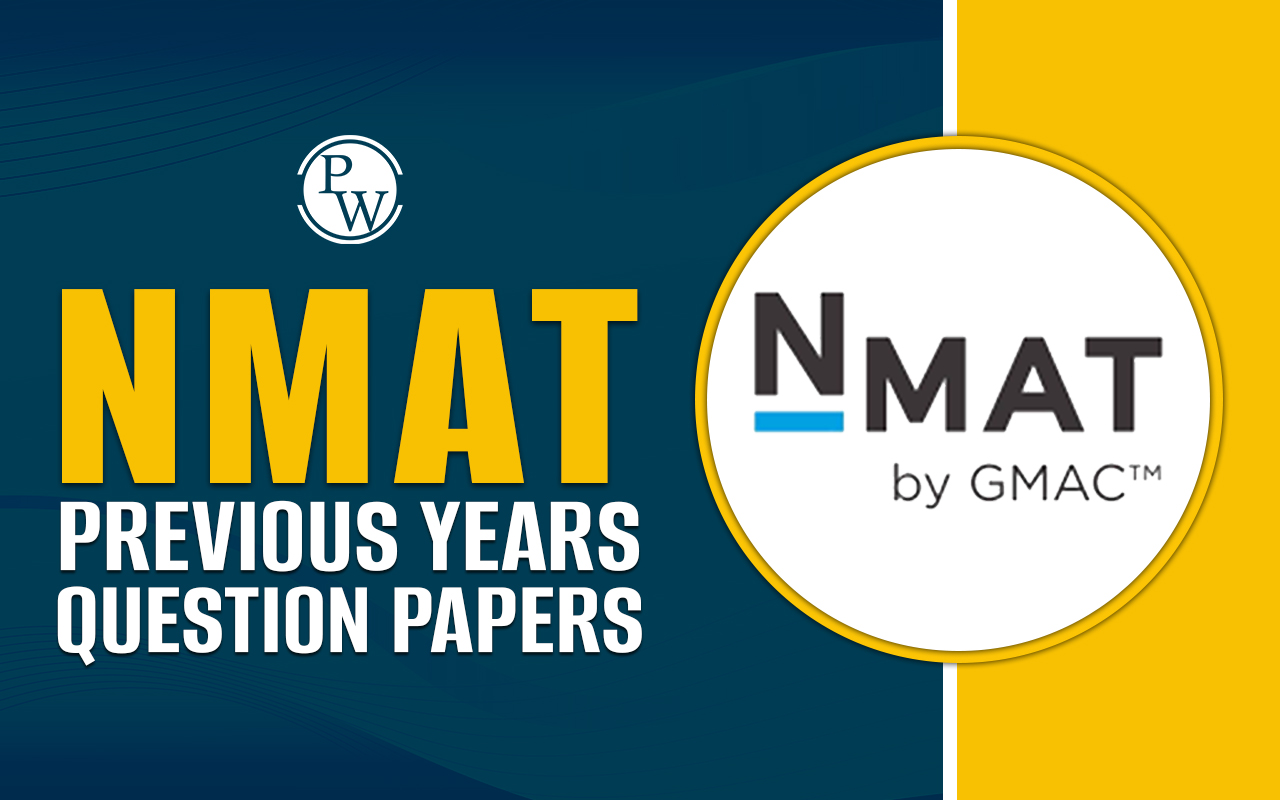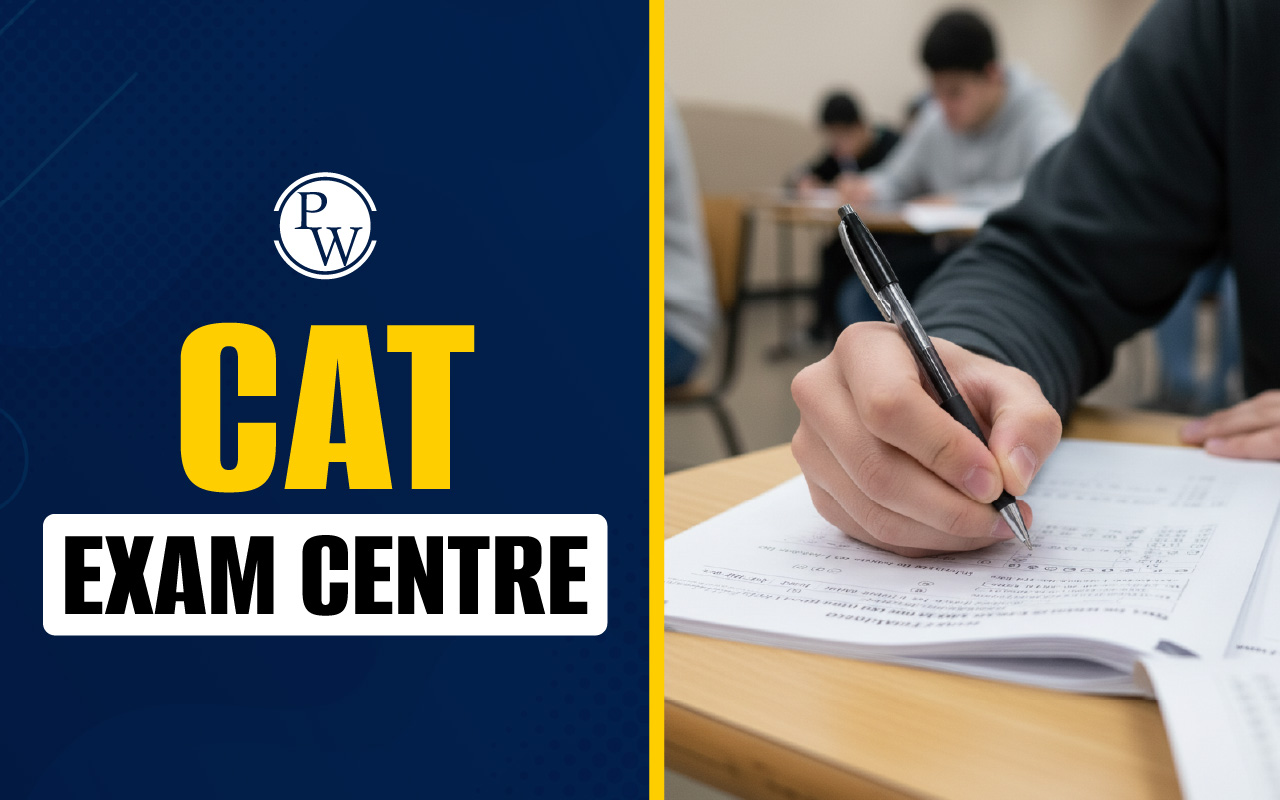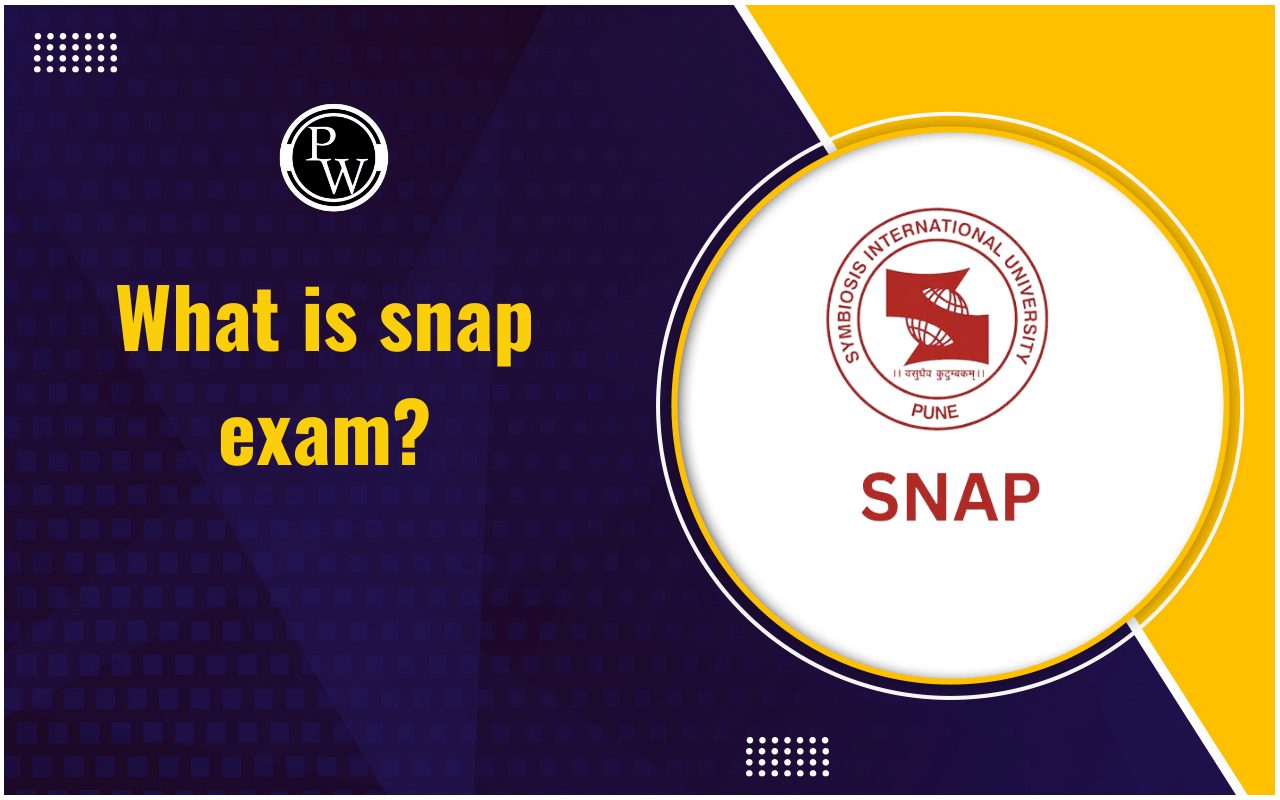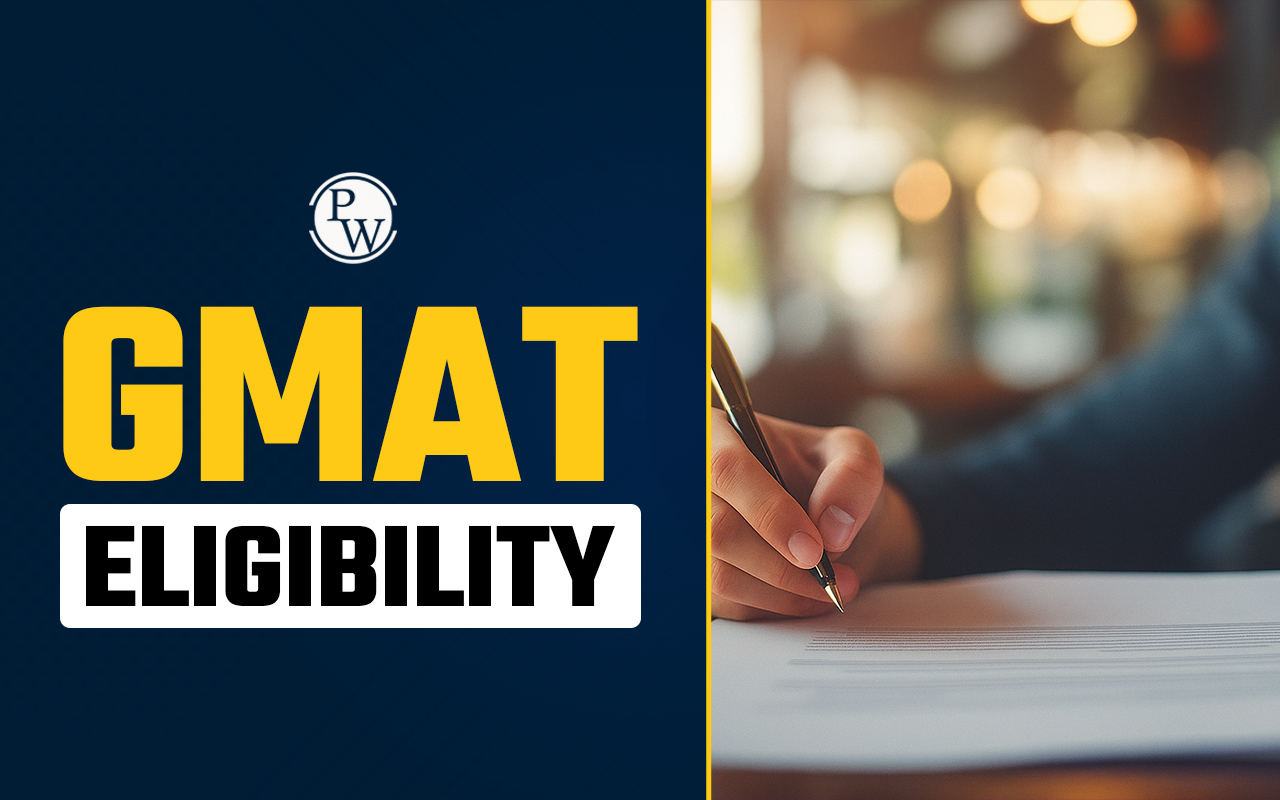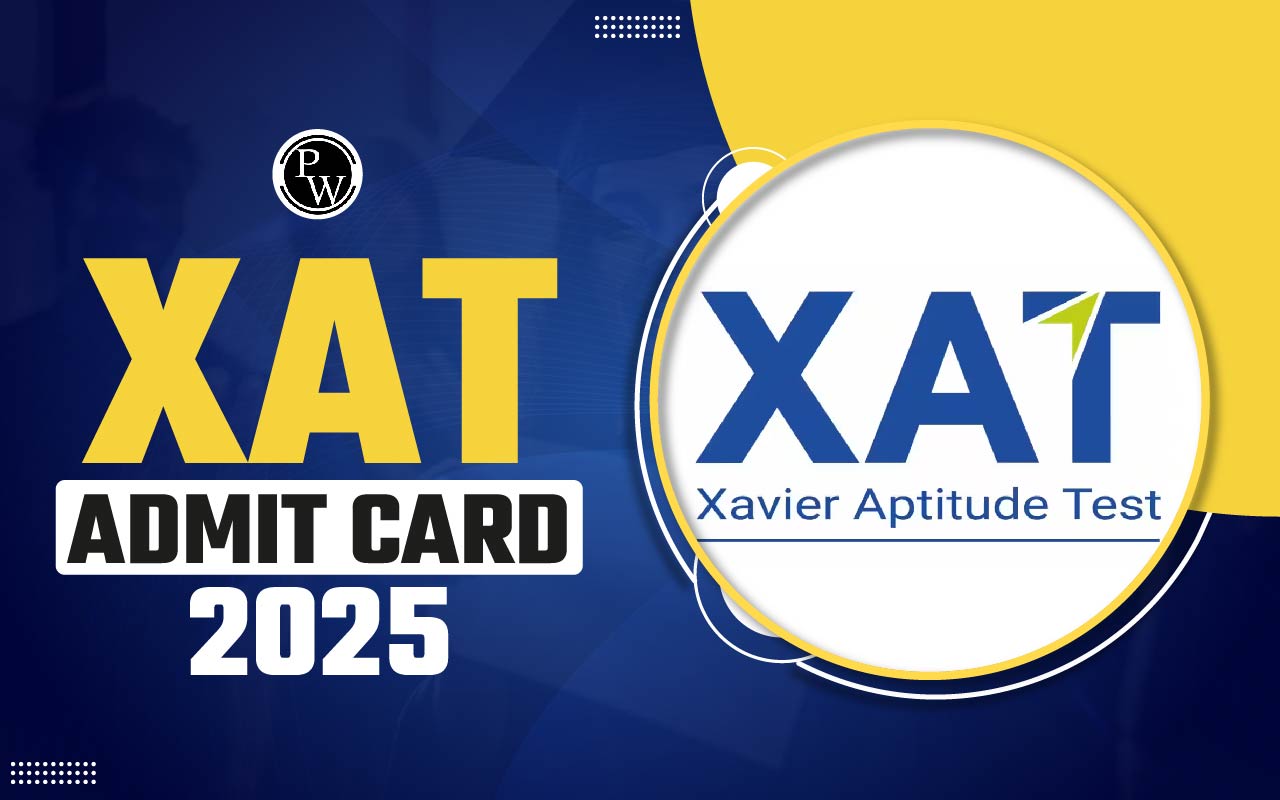
CAT Previous Year Question Paper: Understanding CAT previous year question papers is very helpful for students who want to do well in the CAT exam. This exam is important for getting into top business schools like the IIMs. These CAT previous year question paper give a clear idea of the exam format, types of questions, and which topics are given more importance.
CAT PYQ Papers: Understand Some Advantages & Benefits
CAT PYQ papers are extremely helpful for students preparing for exams. They offer several benefits that enhance study effectiveness and improve exam performance. Here are some key reasons why these papers are useful:
-
Understanding Exam Patterns
-
Knowing Question Types: Solving past papers helps students recognize the types of questions typically asked in the exam, so they know what to expect.
-
Mark Distribution: Students can understand how marks are distributed across different sections, enabling them to prioritize areas that need more attention.
-
Effective Revision Tool
-
Reviewing Important Topics: Past papers provide a great way to revise important topics in a format similar to the actual exam, reinforcing learning.
-
Finding Key Topics: By studying old papers, students can identify frequently asked topics, helping them focus on areas that are likely to appear in the exam.
-
Self-Evaluation and Building Confidence
-
Knowing Strengths and Weaknesses: Solving CAT previous year paper, allows students to assess their knowledge and pinpoint areas where they need more practice.
-
Boosting Confidence: Regular practice with CAT PYQs makes students more familiar with the exam format, boosting their confidence and reducing exam anxiety.
-
Time Management Skills
-
Practicing Under Real Exam Conditions: Working through CAT previous year question paper helps students develop time management skills, ensuring they allocate appropriate time to each question in the actual exam.
-
Improving Speed: Continuous practice increases both speed and accuracy, which is crucial for managing the time pressure of the exam.
Using previous year question papers makes studying more efficient and helps students feel better prepared for their exams.
CAT Previous Year Papers From 2019 to 2024
CAT PYQ Paper 2024
CAT 2024 Question Paper was moderately difficult. Among the three sessions, the second session of CAT 2024 was reported to be the most challenging. In the VARC section, para jumbles were notably absent, while the DILR section featured a total of 22 questions, equally divided between Data Interpretation and Logical Reasoning, with 11 questions each. The Quantitative Aptitude section continued to follow its usual pattern, with a strong emphasis on Arithmetic and Algebra topics. This trend highlights the importance of focused preparation in these areas.
| CAT Question Paper PDF | |
| CAT 2023 Question Paper (Slot 1) | Answer Keys- Download PDF |
| CAT 2023 Question Paper (Slot 2) | Answer Keys- Download PDF |
| CAT 2023 Question Paper (Slot 3) | Answer Keys- Download PDF |
CAT PYQ Paper 2023
CAT 2023 question paper was slightly more challenging compared to previous years, though not excessively difficult. In the VARC section, Reading Comprehension carried greater weight than Verbal Ability. The DI and LR sections maintained a moderate difficulty level and followed expected patterns, with no unexpected question types. As in past editions, the Quantitative Aptitude section continued to be dominated by Arithmetic, reinforcing its consistent significance in the exam. Overall, the paper demanded a balanced approach but remained manageable with the right preparation.
| CAT PYQ Paper 2023 | |
| CAT 2023 Question Paper (Slot 1) | Answer Keys- Download PDF |
| CAT 2023 Question Paper (Slot 2) | Answer Keys- Download PDF |
| CAT 2023 Question Paper (Slot 3) | Answer Keys- Download PDF |
CAT PYQ Paper 2022
CAT 2022 question paper was of moderate difficulty overall. The VARC section ranged from easy to moderate in complexity, making it relatively approachable for well-prepared candidates. In contrast, both the Data Interpretation and Quantitative Aptitude sections leaned towards the moderate to difficult side. Key topics such as Arithmetic, Algebra, and Reading Comprehension formed the core of the paper. Additionally, a few questions on parajumbles and time and distance were included, reflecting a balanced mix of familiar concepts and problem-solving challenges.| CAT PYQ Paper 2022 | |
| CAT 2022 Question Paper (Slot 1) | Download PDF |
| CAT 2022 Question Paper (Slot 2) | Download PDF |
| CAT 2022 Question Paper (Slot 3) | Download PDF |
CAT PYQ Paper 2020
Here is the required CAT 2020 Question Paper PDF along with answer key listed below:| CAT PYQ Paper 2020 | |
| CAT 2020 Question Paper (Slot 1) | Answer Keys- Download PDF |
| CAT 2020 Question Paper (Slot 2) | Answer Keys- Download PDF |
| CAT 2020 Question Paper (Slot 3) | Answer Keys- Download PDF |
CAT PYQ Paper 2019
Here is the required CAT 2019 Question Paper PDF along with answer key listed below:| CAT PYQ Paper 2019 | |
| CAT 2019 Question Paper (Slot 1) | Download PDF |
| CAT 2019 Question Paper (Slot 2) | Download PDF |
When to start Practicing CAT PYQ Papers
CAT PYQ papers and mock tests are a crucial part of effective exam preparation. It helps in building exam temperament, improving accuracy, and enhancing time management skills. While some aspirants begin early, the timing and approach to solving these papers can significantly impact performance in the actual exam. Here's a recommended strategy to make the most of CAT mock tests and past papers:
-
Ideal Time to Start Practice: Begin solving previous year question papers and mock tests around September. This allows for approximately three months of focused practice before the CAT exam.
-
Early Familiarity Helps: Many CAT toppers start attempting sample questions early in their preparation phase to check their grasp of fundamental concepts, especially in Mathematics and Data Interpretation.
-
Don’t Rush Full-Length Tests: It's advisable not to attempt full-length mock tests or past papers until the entire CAT syllabus is covered. Premature testing may lead to frustration or misjudged performance levels.
-
Use the Final Month Wisely: Reserve the last month before the exam for solving previous years’ CAT question papers. This helps in understanding the exam pattern, identifying recurring question types, and building confidence.
-
Focus on the Last 5 Years: Make sure to thoroughly practice CAT question papers from the past five years in the final days of your preparation. This keeps the question trends fresh in your mind and enables quicker identification of your strong areas during the actual test.
-
Refine Exam Strategy: Regular practice with previous papers not only highlights strengths and weaknesses but also aids in fine-tuning your test-taking strategy, which is critical for success in CAT 2025.
Also Read: CAT Quantitative Aptitude Questions with Solutions
Candidates aiming to secure admission to top B-schools in India must clear MBA entrance exams with commendable scores. PW MBA Online Coaching offers regular live classes with separate doubt clarification sessions to strengthen candidates’ conceptual understanding. Additionally, faculties of PW MBA Coaching Classes follow a strategic study plan to enhance candidates' exam preparation and help them excel with flying colours.
